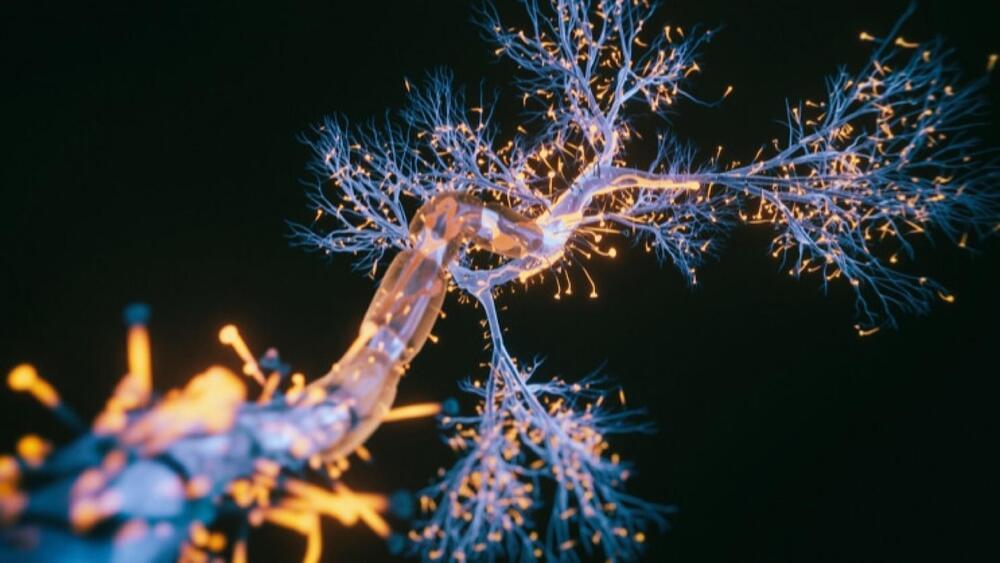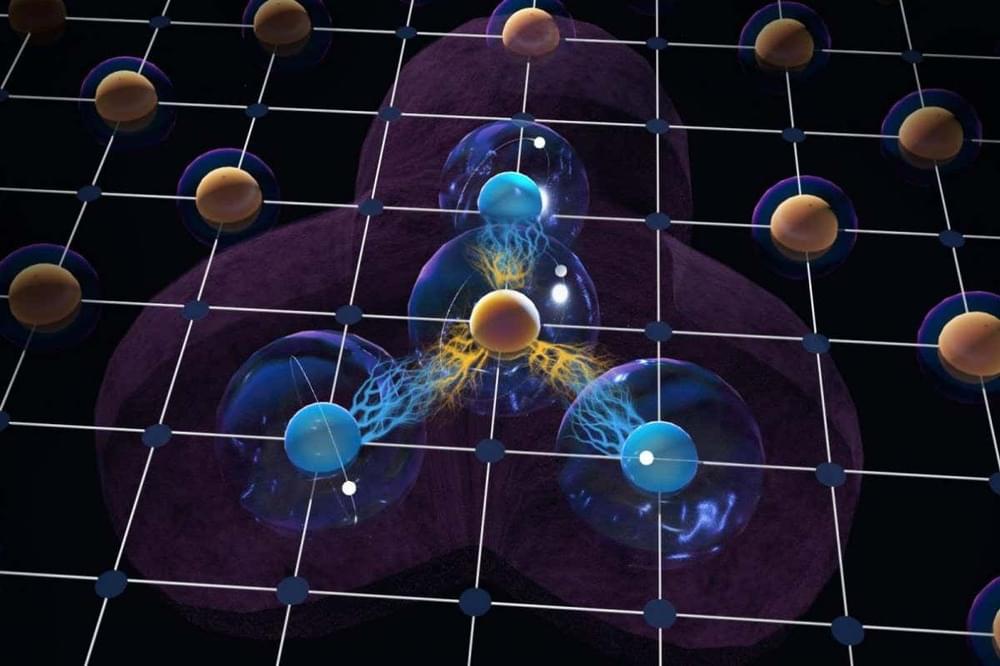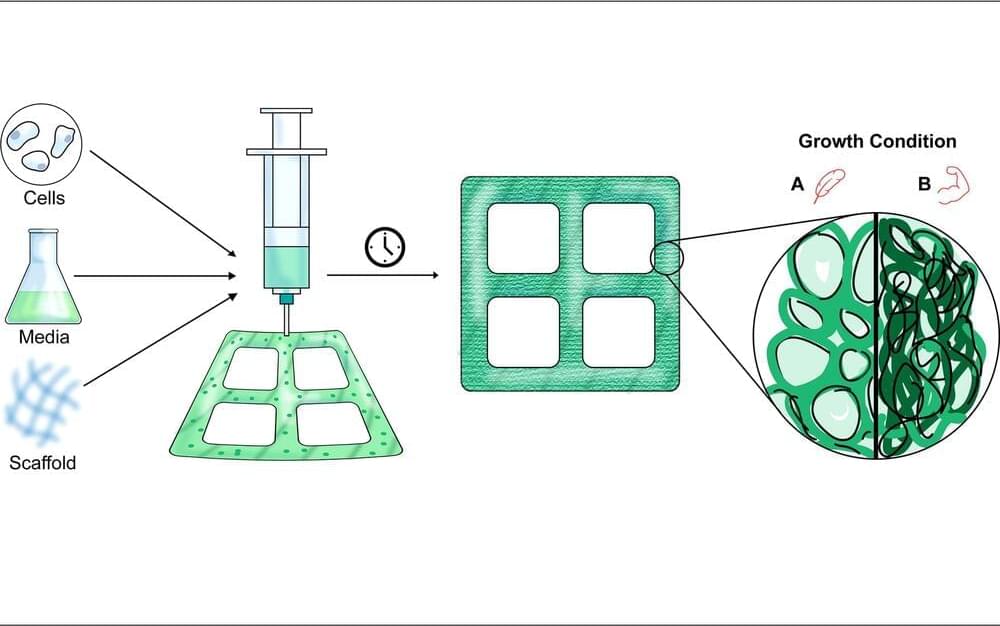Ghostly ‘mirror world’ might be the cause of cosmic controversy.


Key points of the 2hrs+ long interview between dr. Andrew Huberman and dr. David Sinclair.
Full podcast episode: https://www.youtube.com/watch?v=n9IxomBusuw.
Instagram: https://www.instagram.com/practical.humanism/
Subscribe for more quality content: https://www.youtube.com/channel/UC7ytdeko7gFFXikpNoz7-Ug

Summary: Researchers have designed a new method of converting non-neural cells into functioning neurons that are able to form synapses, dispense dopamine, and restore the function of neurons undermined by Parkinson’s associated destruction of dopaminergic cells.
Neurodegenerative diseases damage and destroy neurons, ravaging both mental and physical health. Parkinson’s disease, which affects over 10 million people worldwide, is no exception. The most obvious symptoms of Parkinson’s disease arise after the illness damages a specific class of neuron located in the midbrain. The effect is to rob the brain of dopamine—a key neurotransmitter produced by the affected neurons.
In new research, Jeffrey Kordower and his colleagues describe a process for converting non-neuronal cells into functioning neurons able to take up residence in the brain, send out their fibrous branches across neural tissue, form synapses, dispense dopamine and restore capacities undermined by Parkinson’s destruction of dopaminergic cells.

Jesper AndersonNo. Nobody can “leave their body”. There is no evidence what so ever that this is possible.
What can be done is, copy many of your attributes and create a copy which behaves very much like you. But that’s simply an advanced method of writing a book. I… See more.
Craig Everett JonesAlthough neurons are much like transistors, our emotions are not just ones and zeroes. We feel things in our gut. I think singularity fans are grossly underestimating the dependencies between human consciousness and organic physiology. And, your b… See more.
View 7 more comments.
Len Rosen shared a link.
With COVID are we at the beginning of the end or the end of the beginning? https://jamanetwork.com/journals/jama/fullarticle/2793011?gu…erm=052722

A completely new kind of molecule has been made by combining an extremely cold ion and a super-sized atom. The unusual molecular bond between the two particles was thousands of times longer than those in most room-temperature molecules, and the method to make and study it could kick-start a new branch of ultracold quantum chemistry.
Reprogramming without having to insert genes.
When people think of cellular reprogramming, converting a differentiated cell into a stem cell, they often refer to the overexpression of Yamanaka factors[Oct4, Klf4, Sox2 & c-Myc]. Rightly so. But what if i told you that stem cells could be induced with just chemicals. Well you would reply “show me the data”. So, let’s take a look at this recent Nature paper that showed how combinations of small molecules/chemicals converted human differentiated cells to stem cells.
Find me on Twitter — https://twitter.com/EleanorSheekey.
Support the channel.
through PayPal — https://paypal.me/sheekeyscience?country.x=GB&locale.x=en_GB
through Patreon — https://www.patreon.com/TheSheekeyScienceShow.
TIMESTAMPS:

The speed of operations leaves manual inspectors with just seconds to decide if the product is really defective, or not.
That’s where Microsoft’s Project Brainwave could come in. Project Brainwave is a hardware architecture designed to accelerate real-time AI calculations. The Project Brainwave architecture is deployed on a type of computer chip from Intel called a field programmable gate array, or FPGA, to make real-time AI calculations at competitive cost and with the industry’s lowest latency, or lag time. This is based on internal performance measurements and comparisons to other organizations’ publicly posted information.
At Microsoft’s Build developers conference in Seattle this week, the company is announcing a preview of Project Brainwave integrated with Azure Machine Learning, which the company says will make Azure the most efficient cloud computing platform for AI.

